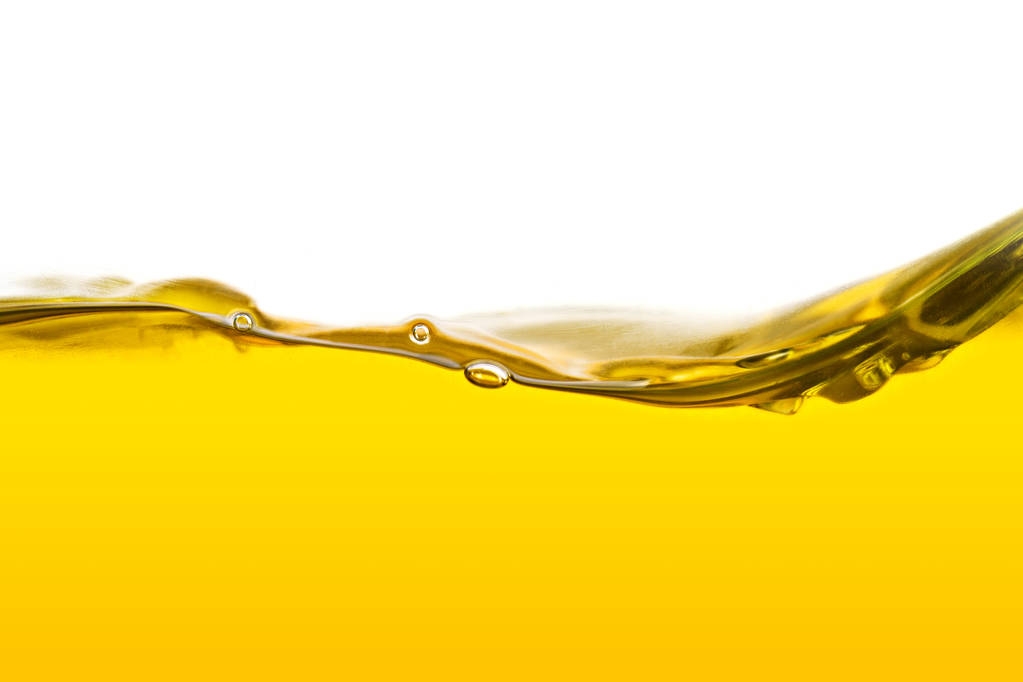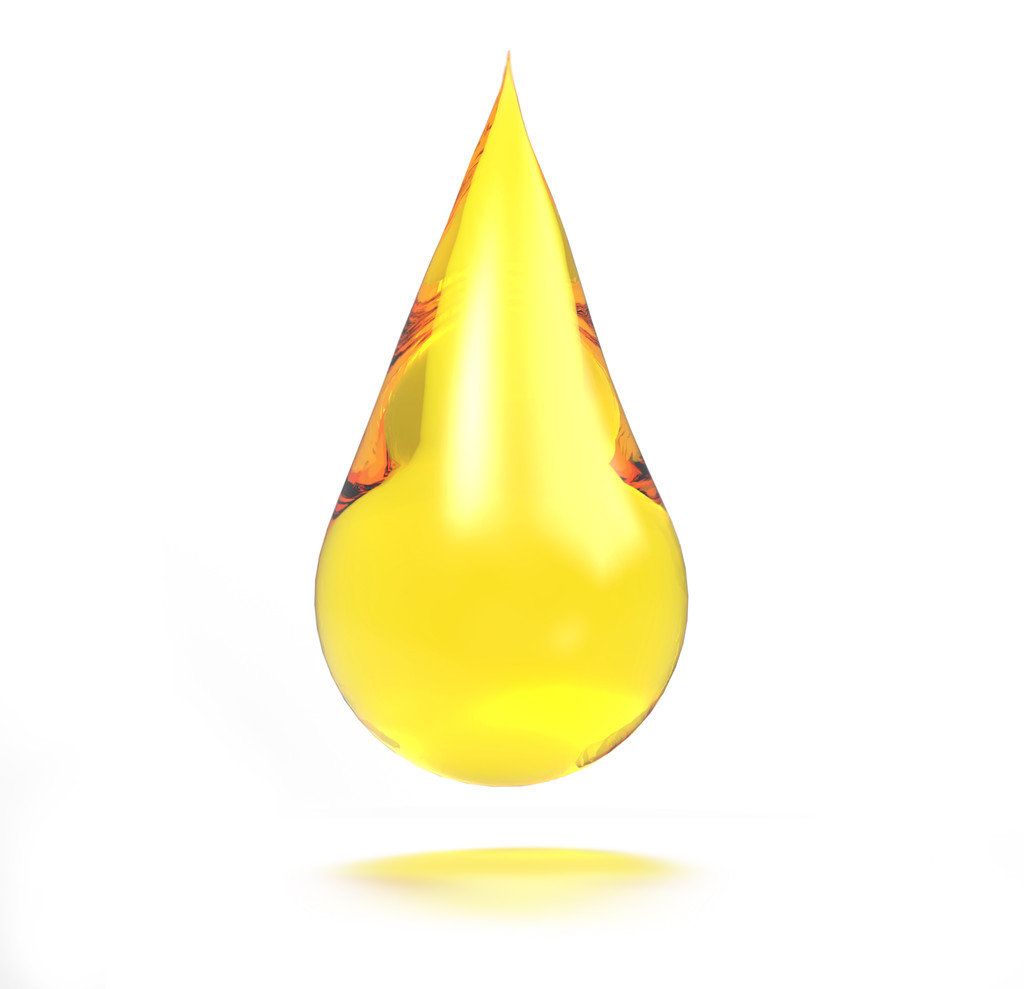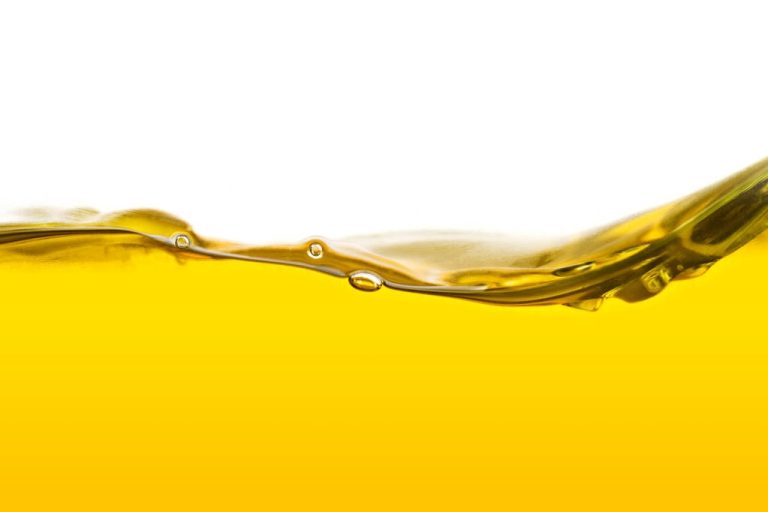Camelina oil is not very well known in German cuisine and is often confused with linseed oil. Here you can find out what the healthy oil is all about and why you should integrate it into your diet more often.
What is camelina oil?
Camelina oil is extracted from the seeds of camelina, a plant of the cruciferous family. It is often confused with linseed oil, which, on the other hand, is made from the linseed of another plant, the common linseed or flax.
However, the oils of the plants have a lot in common: both do not keep for long in cold-pressed form and should not be heated. Stored in light-protected bottles in the refrigerator, they should last up to two months.
The big advantage – of both linseed oil and camelina oil: The plants are cultivated in Germany, so both types of oil are available from regional cultivation. For the best quality, you should buy the oil in organic quality.
How healthy is camelina oil?
Camelina oil consists of 50 to 60 percent polyunsaturated fatty acids. These have a positive effect on cholesterol levels and can thus prevent cardiovascular diseases as part of a healthy lifestyle.
Like linseed oil, camelina oil is particularly rich in alpha-linolenic acid, which belongs to the group of omega-3 fatty acids. Omega-3 fatty acids are an essential component of a balanced diet. For example, they fulfill important functions in hormone production, the function of nerves, muscles and eyes or the structure of cell membranes.
Like many other oils, camelina oil is also rich in vitamin E, which protects our body cells as an antioxidant against free radicals, has a positive effect on lipid metabolism and is involved in controlling the gonads. In contrast to linseed oil, which consists of 60 to 70 percent linolenic acid, camelina oil has a significantly lower proportion of around 30 to 40 percent.
Camelina oil: How to use it in the kitchen
Due to the relatively high content of omega-3 fatty acids, you should not heat camelina oil. The heat destroys the healthy fatty acids and can even convert them into harmful trans fats. Camelina oil is therefore not suitable for frying, cooking or baking.
However, you can use it for dressings or dips, for example, or occasionally add a teaspoon of the oil to the finished meal to ensure you regularly consume omega-3 fatty acids. Camelina oil can be a good source of the important fatty acid, especially in a vegetarian or vegan diet.

